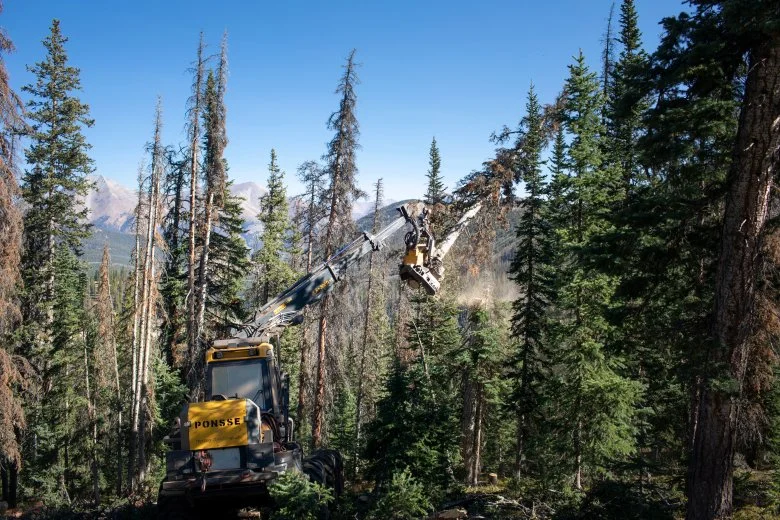
Axe on the Wild: How Trump’s Logging Expansion Threatens America’s Forests and Wildlife
The sweeping forests of America have long stood as symbols of natural splendor and vital biodiversity. Yet today, these green giants find themselves at a turning point—caught between an ambitious federal initiative to boost the country’s timber industry and calls for greater environmental protection. The recent move by the Trump administration to open nearly 60% of U.S. national forests to accelerated logging may reshape not just local economies, but the fate of rare species and the delicate forest ecosystems themselves.
The policy shift was formalized in April, when U.S. Secretary of Agriculture Brooke Rollins designated over 112 million acres of national forest as an “emergency,” in part to address what she called declining forest health and crop-destroying insect infestations. Streamlined permitting and a 25% increase in allowable logging volume reflect executive orders from President Trump aiming to fuel the timber industry and mitigate wildfire risks. Supporters, such as U.S. House Agriculture Chair Glenn Thompson and industry groups, hail these changes as common sense efforts to generate jobs and manage forest growth.
However, the proposal isn’t without skeptics. Environmental advocates argue the so-called emergency is overstated. Andy Stahl, executive director of Forest Service Employees for Environmental Ethics, quipped, “The forests are happy as clams. If we humans cease to exist in North America, the forest would be OK.” Many experts warn that mature forests, with their dense bark and moisture retention, are actually less susceptible to wildfires than the clearcut patches that logging leaves behind. Will Harlan of the Center for Biological Diversity emphasized, “It depends on how the logging is done, but often it makes wildfires worse.”
The Allegheny National Forest in Pennsylvania illustrates what’s at stake. Spanning over half a million acres, 98% is now considered at risk from pests or disease, endangering old-growth trees like black cherry and red oak—critical habitats for species such as the endangered Indiana bat and northern long-eared bat. Harlan notes, “They tend to nest and roost in dead or thick-barked older trees. They especially depend on mature and older forests.” Logging disrupts not only these roosting sites but also water systems crucial for endangered mussels and the eastern hellbender salamander, Pennsylvania’s state amphibian.
Indeed, the streamlined regulations raise further alarms. Emergency status removes many avenues for public objection to new logging projects and allows environmental assessments to be expedited—meaning impacts on endangered species may only be considered after the fact. While the timber industry applauds increased supply, groups like the Sierra Club deem it “a logging giveaway” that threatens ecosystems without effectively reducing fire threats. The debate on whether increased timber output aligns with actual market demand persists, especially since housing starts—the main driver of U.S. lumber need—are currently weak. As economist Jeff Reimer remarks, logging only spikes if builders are buying.
The looming question is clear: Will the rush to harvest America’s public forests for short-term gains undermine the very resources—clean water, rare wildlife, climate resilience—they are meant to protect? Or is there, as advocates hope, a smarter way to balance economic needs and natural heritage?
What’s your take on the new logging policies in national forests? Do you see economic opportunity, environmental risk, or something in between? Share your thoughts in the comments and join the conversation on the future of America’s wild places.